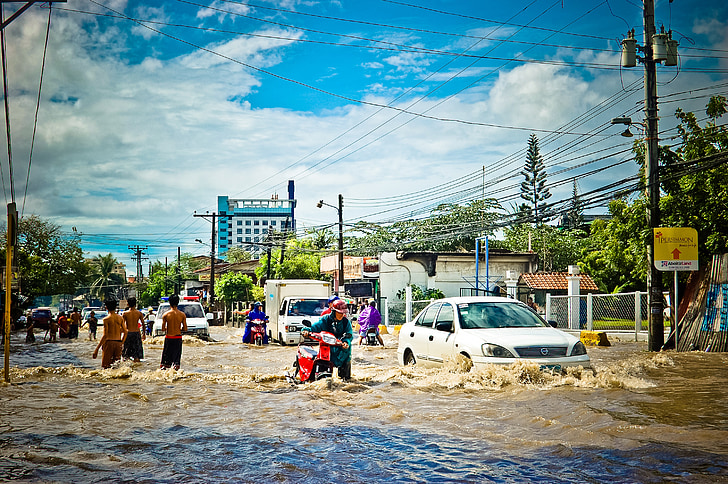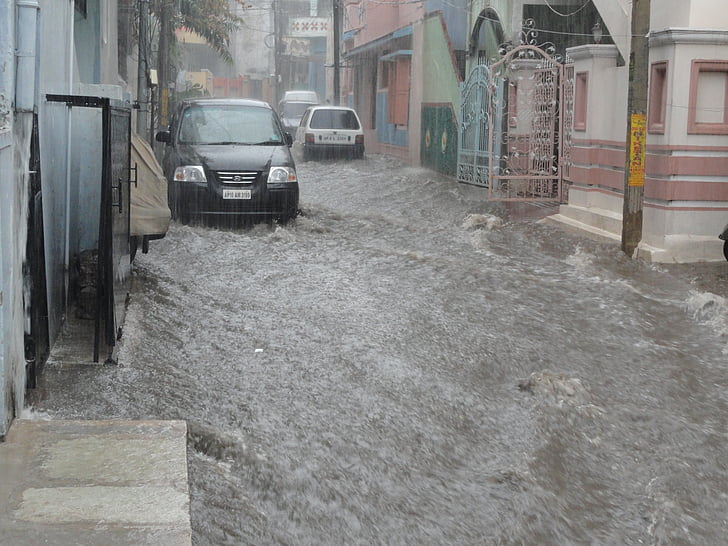More About Chennai
Chennai on Edge: Cyclonic Threat Challenges City’s Strength Chennai Braces for Nature’s Fury The unpredictable nature of weather patterns is nothing new to Chennai, a thriving metropolis on India’s southeast coast. The city is renowned for its vibrant economy, rich cultural legacy, and friendly people, but it is also periodically hit by harsh natural disasters. In particular, cyclones have become a major source of worry for Chennai and its people, inspiring a mixture of fear and wonder. This piece will discuss the mechanics of cyclones, how they affect Chennai, and how resilient the city is in the face of these natural disasters.
Knowing About Cyclones
Strong, whirling storms known as cyclones develop over warm ocean waters. Their characteristics include powerful winds, torrential rains, and low air pressure. The Bay of Bengal and the Indian Ocean are storm-formation hotspots. The strongest of these storms are designated as Category 5 based on their wind speed. A cyclone can cause extensive destruction when it gets close to land, wreaking havoc on coastal communities with powerful winds, storm surges, and pouring rain.
Chennai’s Point of Exposure:
its vulnerable to cyclones due to its geographic location, particularly during the monsoon season. These storms originate in the Bay of Bengal, which is located east of the city. Chennai is vulnerable to the full intensity of storms that make landfall due to its close proximity to the coast. The city has had a number of cyclonic occurrences over the years, each of which has had an impact on the local environment and way of life.
Late-Stage Cyclonic Events:
Strong storms have recently laid waste to Chennai; two prominent instances are storms Vardah (2016) and Nivar (2020). These cyclones caused extensive damage, powerful winds, and a lot of rain. Low-lying regions flooded, electrical lines were interrupted, and trees were uprooted. But the city’s ability to bounce back was demonstrated by how fast it organized resources for relief and reconstruction.
Being Ready and Reacting:
Chennai has grown more proactive in its cyclone preparation after learning from its past mistakes. The city’s disaster management officials put up a lot of effort to track weather trends and notify locals in a timely manner. To guarantee public safety, emergency shelters are opened and evacuation procedures are in place for locations that are deemed susceptible. To improve relief efforts and lessen the toll that cyclones impose on human lives, the civic authorities work in tandem with nearby communities, non-governmental organizations, and other relevant parties.
Community-Based Projects:
Chennai’s population is a major factor in the city’s ability to withstand cyclones. Programs for raising community awareness are held to inform locals about safety precautions and evacuation protocols. Following a cyclone, volunteer organizations mobilize to help with debris removal, relief material distribution, and emotional support for the impacted individuals. Chennai’s resilience in the face of misfortune is demonstrated by the people’s strong feeling of unity.
Development of Infrastructure:
Chennai is making investments in sturdy infrastructure to withstand hurricane damage. The city’s plan to lessen the effects of intense rain and storm surges includes stronger buildings, upgraded drainage systems, and increased greenery. Chennai hopes to build a more resilient and adaptable environment that can handle the difficulties brought on by climate-related disasters by adopting sustainable urban planning.

Technology’s Function:
Technology developments have enabled Chennai to better prepare for cyclones. Meteorological data, satellite imaging, and early warning systems enable authorities to track impending storms more accurately in terms of their direction and strength. Subsequently, this data is distributed over several communication channels, empowering inhabitants to adopt preemptive actions and remain informed during pivotal moments.
In summary:
Chennai’s adaptability and resilience are evident despite the city’s ongoing threat from cyclones. The combined efforts of community organizations, government institutions, and the general public provide a unified front against the forces of nature. Through a focus on readiness, environmentally friendly growth, and technology breakthroughs, Chennai is not just surviving the storm but growing stronger and more resilient with every passing difficulty. The city’s journey highlights the human spirit of perseverance in the face of nature’s wrath and acts as an encouragement for others facing similar perils.

